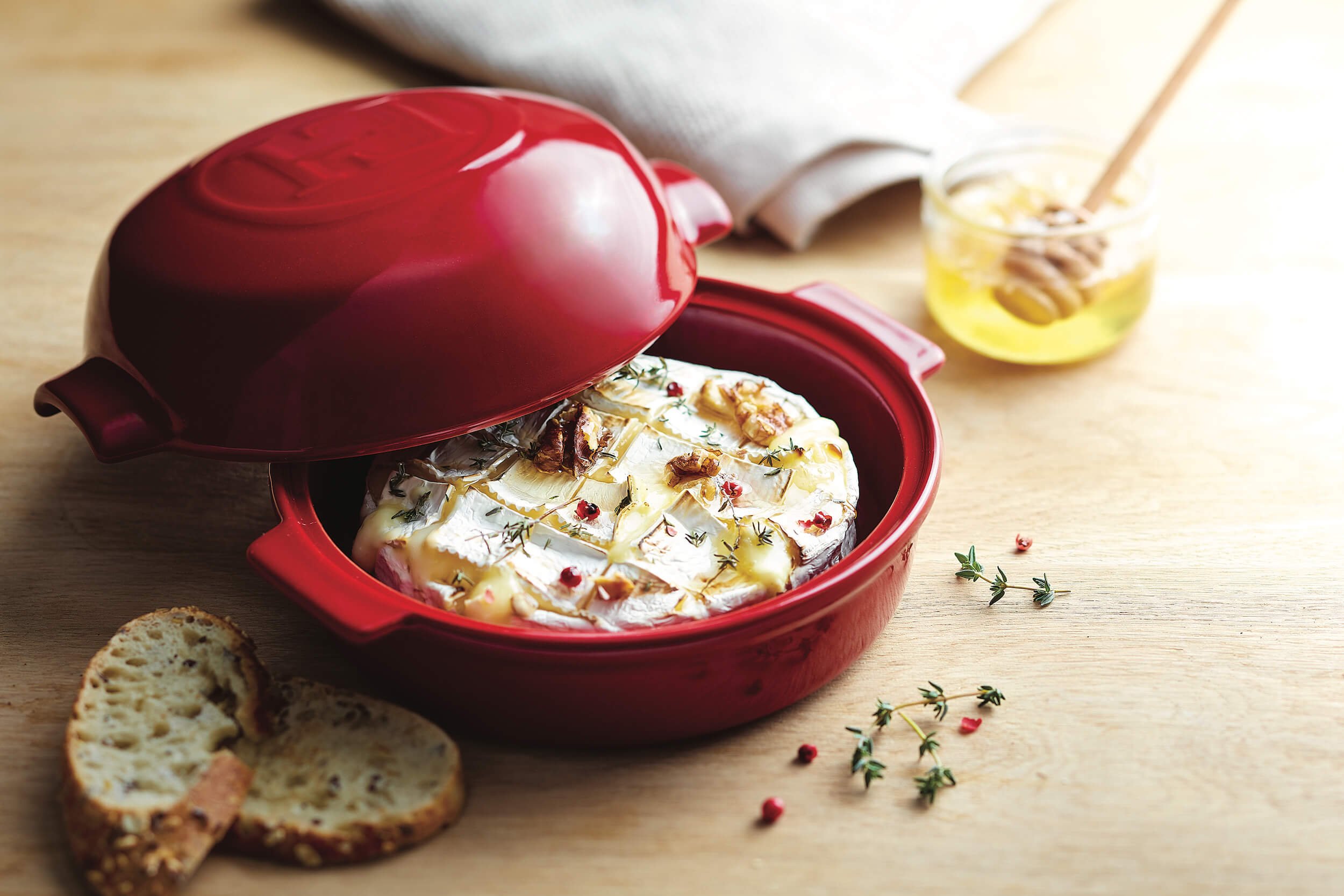Did you know that mangoes are the most popular fruit in the world? There are more than 2,500 varieties of the fruit and when you consider where they are grown it's really no surprise. Mangoes are grown throughout Asia and Southeast Asia, India, Africa, Australia, the Caribbean, and Latin America as well as Florida, Hawaii and California.
Mangoes come in a variety of shades including red, orange, yellow and green, so you can never tell by color alone if a mango is ripe. Some are tiny as plums and others are big as pineapples. Some mangoes are best eaten firm, though most should be slightly soft to the touch. In many parts of the world mangoes aren't exported much, because the locals eat them all. Mangoes can be challenging to grow commercially and are never grown on a large scale. Filled with vitamins A and C and many trace minerals, they are healthy, refreshing and sweet, and their orangy colored flesh is uplifting and cheery.
During a recent visit to the Fairchild Botanic Garden during the International Mango Festival I saw 230 different mangoes all displayed in one room. I got to taste around 15 different kinds and it became clear to me that while all mangoes are delicious, some lend themselves to certain recipes more than others. If you've never purchased a mango before all you really need to know is how to cut it open. An instructional video is available here. But basically you want to cut off the two flat "cheeks" of fruit on either side of the long pit. By scoring the fruit you can remove it in chunks. Never eat the skin! Very fibrous mangoes are sometimes used for juice alone.
You may have heard about the famed Indian mangoes lately. As of just a few months ago they were approved for import to the US. The Indian varieties I've tried are considered "dessert mangoes" and are super sweet and low in fiber. But mangoes can be hard, crunchy, melt-in-your-mouth tender, juicy. Some mangoes have no aroma and others can be detected yards away by smell alone. Flavor-wise you may be able to detect notes of tropical fruit, pineapple, melon, citrus, spice, vanilla, caramel, coconut, turpentine, musk, nuts and more depending upon which mango your are tasting. Some of my favorite varieties are the Palmer, Bombay, Nam Doc Mai, and Keitt. Whether eating them out of hand or in recipes, mangoes are a feel-good delicious treat.
A few ideas for using mangoes:
* Make a mango smoothie with mangoes and yogurt or milk
* Frozen mango lassi is an ice creamy version of the Indian drink
* Add chunks of mango to tomato, jalapeno, onions and cilantro to make salsa
* Shred a green mango to make a refreshing salad
* Serve slices of mango with Thai sticky rice
* Chunks of mango add tropical sweetness to a simmering curry
* Try mangoes with seafood, especially shrimp as in these Shrimp and Mango kebabs
* Roast mango chunks in the oven and serve with foie gras or chicken
* Eat mangoes Mexican style by dipping slices in lime juice and sprinkling with chili powder
* Try Chef Allen's mango ketchup
* Use pureed mango or mango nectar in cocktails
More mango recipes can be found here.
FOOD + MANGOES





